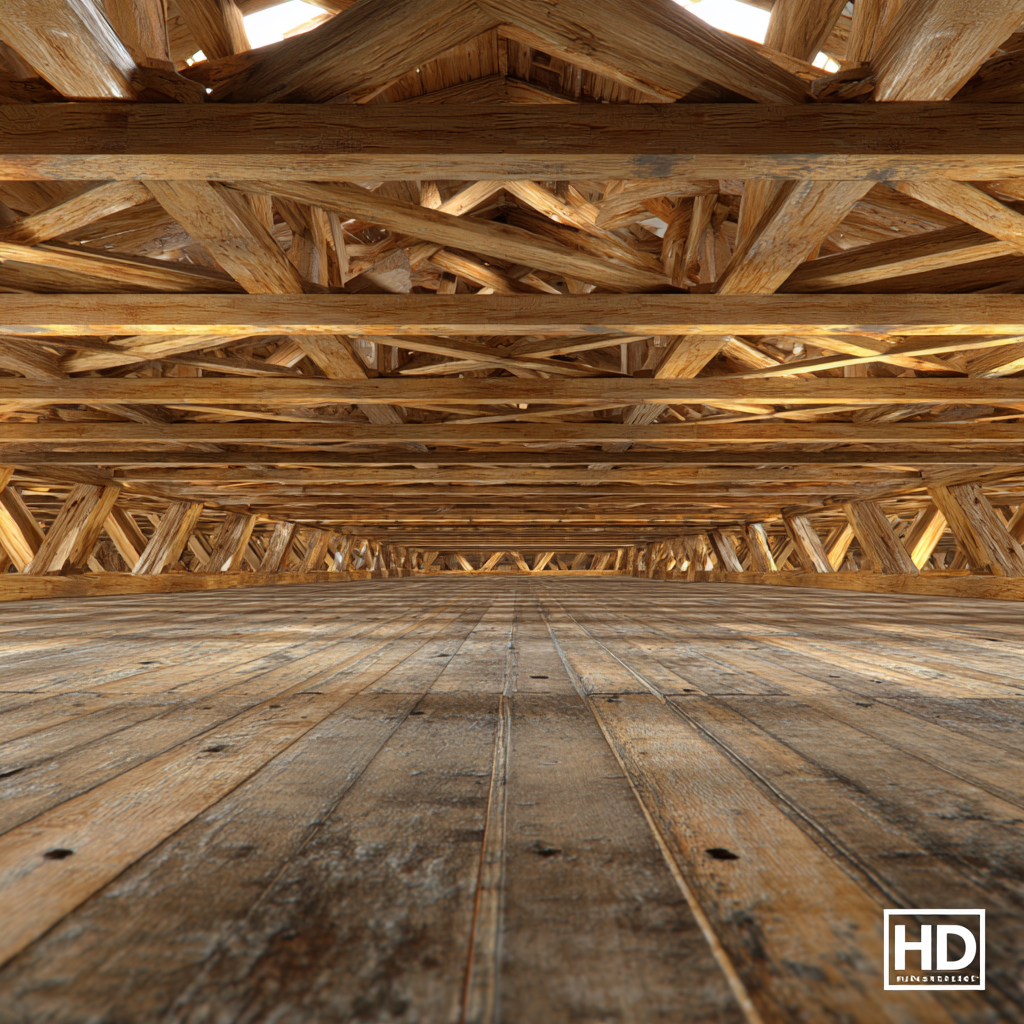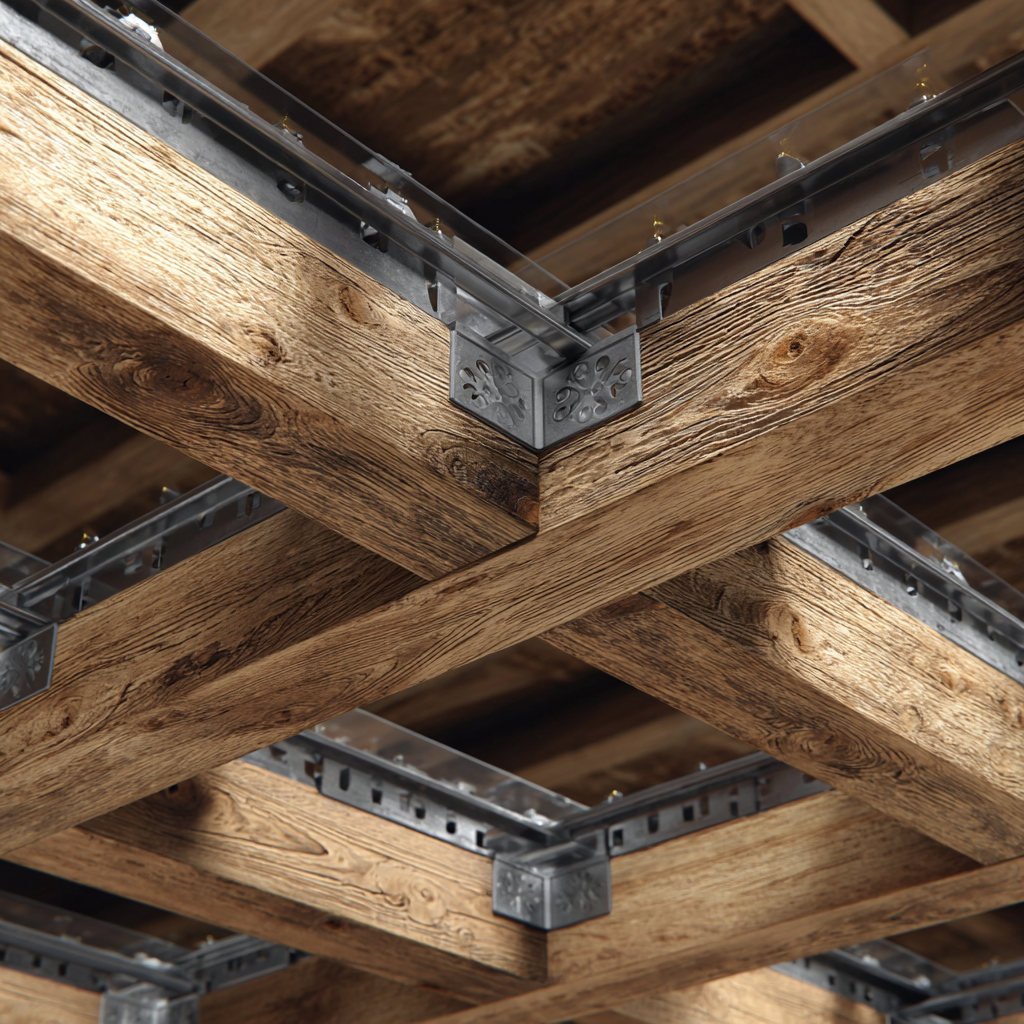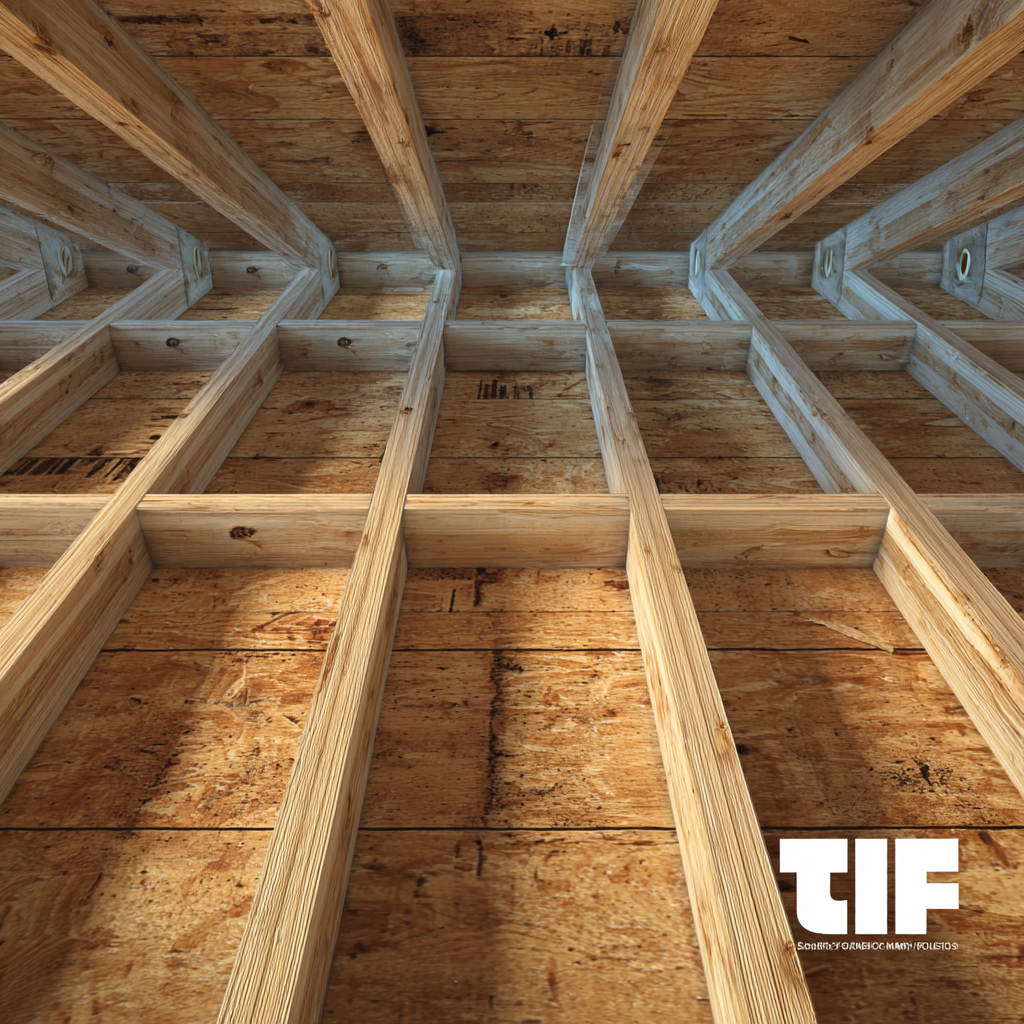Leave Your Message
-
Whatsapp
-
Whatsapp
In the realm of modern construction, the demand for sustainable building materials has never been more critical, particularly when it comes to timber floor joists. According to a report by the Forest Stewardship Council (FSC), sustainable timber sourcing can reduce carbon emissions by up to 60% compared to traditional construction materials. As urbanization accelerates and environmental awareness heightens, construction professionals are increasingly seeking alternatives that not only meet structural requirements but also minimize ecological impact. Innovations in engineered wood products and alternative materials like bamboo and recycled composites are paving the way for a greener future in building practices. This guide delves into the exploration of these sustainable alternatives, highlighting their benefits, applications, and how they can help in constructing durable and environmentally friendly spaces while maintaining the essential qualities of traditional timber floor joists.

As the construction industry increasingly prioritizes sustainability, innovative materials are rising to prominence as viable alternatives to traditional timber floor joists. Options such as engineered bamboo, reclaimed wood, and cross-laminated timber (CLT) offer intriguing benefits, merging durability with environmental responsibility. Engineered bamboo, in particular, stands out for its rapid growth and renewable nature, making it a superb choice for eco-conscious builders looking to reduce their carbon footprint while maintaining structural integrity.

Another promising alternative is reclaimed wood, sourced from old buildings and defunct structures. This option not only helps to decrease deforestation but also adds character and history to modern constructions. Additionally, CLT has gained traction due to its strength and versatility. This material is manufactured by gluing layers of lumber together, creating panels that are not only lightweight but also provide excellent thermal insulation. By considering these innovative materials, builders can make informed decisions that contribute to greener future construction practices while still meeting the demands of contemporary architecture.
Engineered wood has emerged as a pivotal player in modern construction, offering a sustainable and efficient alternative to traditional timbers. Unlike solid wood, engineered wood products, such as laminated veneer lumber and cross-laminated timber, utilize multiple layers of wood adhered together, significantly enhancing durability and strength. According to the Wood Products Council, engineered wood can be up to 15% stronger than its solid counterparts, making it an ideal choice for structural applications such as floor joists.
One of the compelling benefits of engineered wood is its environmental impact. A study from the Forest Products Laboratory suggests that using engineered wood can reduce the carbon footprint of construction projects by up to 30%. This is largely due to the responsible sourcing of wood, which often includes reclaiming and recycling materials. As the construction industry moves towards more sustainable practices, opting for engineered wood not only meets structural requirements but also aligns with eco-friendly goals.
**Tip:** When selecting timber floor joists, consider choosing engineered wood products certified by organizations like the Forest Stewardship Council (FSC) to ensure you are supporting sustainably managed forests.
Another tip is to evaluate the long-term cost benefits. While engineered wood may have a higher upfront cost, its durability and resistance to warping can lead to reduced maintenance expenses and increased longevity, ultimately saving money over time.
In modern construction, the growing emphasis on sustainability has led to a thorough evaluation of the materials we use, particularly when it comes to floor joists. A life cycle analysis (LCA) reveals that traditional timber, while renewable, presents challenges when considering deforestation rates and carbon emissions associated with logging. According to the Forest Stewardship Council, around 18 million acres of forests are lost annually, counteracting the benefits of timber’s biodegradability. In contrast, alternative materials like steel and engineered wood products can often provide a more sustainable choice, with studies indicating that steel can be recycled indefinitely, significantly reducing waste in landfill.
When comparing the environmental impact of timber and its alternatives, the embodied energy becomes a critical factor. A report by the International Panel on Climate Change highlights that producing one ton of timber emits approximately 1.5 tons of CO2 when accounting for the entire lifecycle. On the other hand, engineered wood products often utilize waste materials from timber production, effectively lowering their carbon footprint. Moreover, a study by the American Society of Civil Engineers found that using recycled steel for joists can reduce greenhouse gas emissions by up to 70% compared to conventional timber. As modern construction evolves towards more eco-friendly practices, understanding these metrics is essential for making informed decisions about joist materials that align with sustainability goals.
In 2023, builders are increasingly seeking sustainable alternatives to traditional timber floor joists, focusing on cost efficiency and performance metrics. According to a recent report by the Sustainable Building Conference, the use of engineered wood products (EWPs) has risen by 15% in new construction due to their superior strength-to-weight ratio and sustainability. Builders can reduce waste by utilizing these materials, which are often sourced from managed forests, thereby aligning with green building standards while minimizing environmental impact.

Moreover, an analysis by the National Association of Home Builders indicates that opting for steel joists can save builders up to 20% on long-term maintenance costs. Steel offers durability and resistance to pests and moisture, which further enhances a building's lifespan. Builders who switch to either EWPs or steel not only meet the growing demand for eco-friendly options but also tap into a market that is increasingly valuing sustainability alongside budget constraints.
By prioritizing these metrics, the construction industry can play a significant role in promoting sustainable practices while maintaining cost-effectiveness.
In recent years, the construction industry has witnessed a significant shift towards sustainability, particularly in the selection of materials. Regulatory trends have emerged that emphasize the necessity for eco-friendly building practices, significantly impacting the way floor joists are chosen. As governments and organizations implement stricter sustainability standards, builders are increasingly required to consider not only the structural integrity of timber floor joists but also their environmental footprint. This shift encourages the exploration of alternative materials that can meet building codes while minimizing ecological impact.
For instance, engineered wood products like cross-laminated timber (CLT) and laminated veneer lumber (LVL) are gaining popularity as viable alternatives to traditional timber joists. These materials offer enhanced durability and are often produced from sustainably managed forests, aligning with current regulatory frameworks aimed at reducing deforestation and carbon emissions. Additionally, innovations in composite materials, which can incorporate recycled content, provide further options that meet sustainability criteria. As regulations continue to evolve, construction professionals are tasked with balancing performance, cost, and environmental responsibility, ultimately driving the adoption of greener alternatives in flooring systems.
| Material Type | Environmental Impact (CO2 emissions) | Durability (Years) | Cost per Square Foot ($) | Sustainability Certification |
|---|---|---|---|---|
| Engineered Wood | 0.20 kg CO2/m² | 30 | $4.50 | FSC Certified |
| Bamboo | 0.05 kg CO2/m² | 20 | $3.00 | LEED Credit Achievable |
| Recycled Steel | 0.08 kg CO2/m² | 50 | $5.00 | Cradle to Cradle Certified |
| Composite Materials | 0.12 kg CO2/m² | 25 | $4.00 | Recyclable |
| Cross-Laminated Timber (CLT) | 0.15 kg CO2/m² | 40 | $6.00 | FSC / PEFC Certified |
